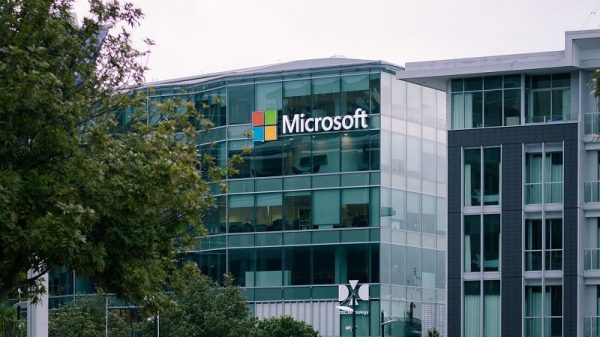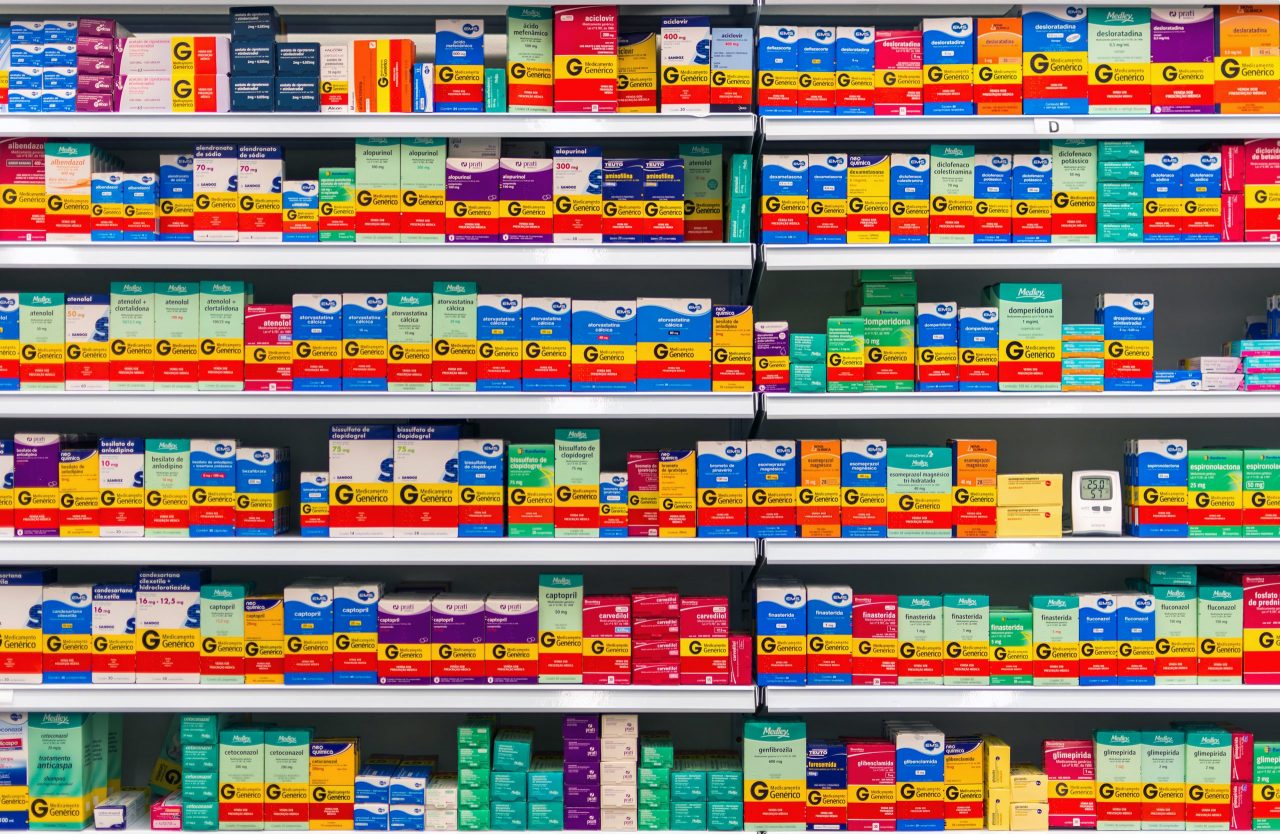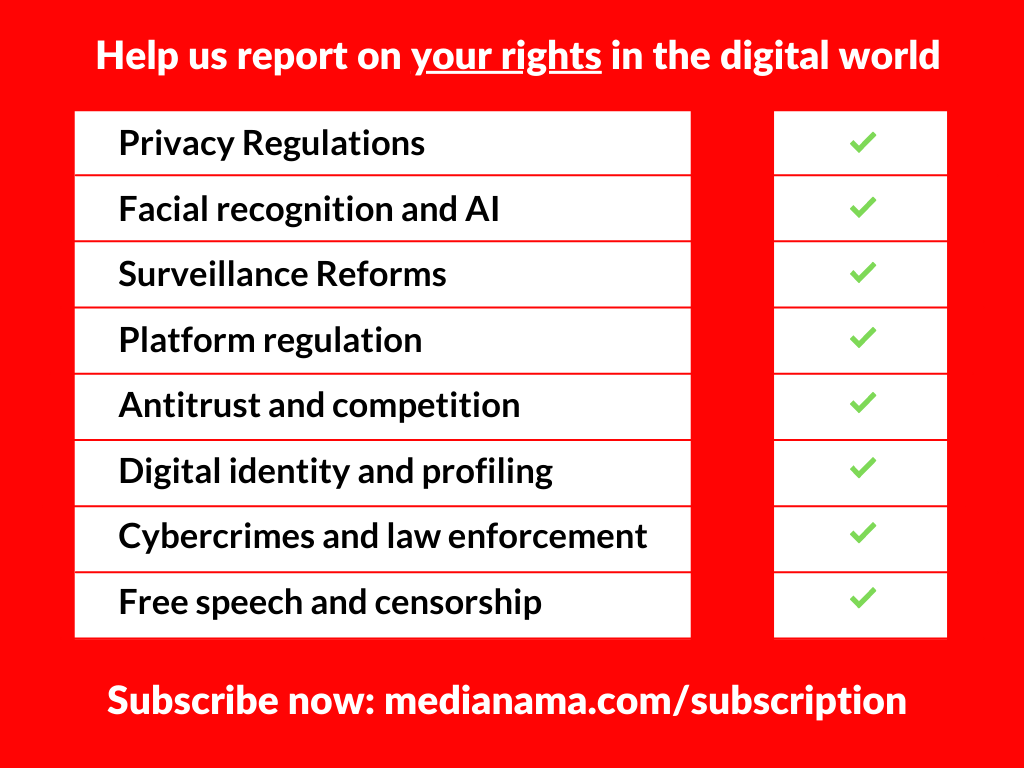“Any drug which has not received approval from CDSCO [Central Drug Standards Control Organisation] cannot be and should not be included ideally, that should be the stance taken by the national authority,” an attendee said at a recent public consultation meeting on the National Health Authority’s proposed Drug Registry that’s meant to be an all-in-one database for drugs in the country.
The Drug Registry which would be folded into the government’s flagship health digitisation project – the Ayushman Bharat Digital Mission – will also provide information on the raw materials of drugs, clearances obtained from regulators, mode of intake, etc. The questions (and concerns) raised at the meeting pertained not only to which drugs will be included to the registry, but also how they will be added, checks on data duplication, drug attributes, and more.
NHA Deputy Secretary Vikram Pagaria responded by saying that the NHA would either consider the stakeholder inputs or outright accept them as they were made.
Dear reader, we urgently need to build capacity to cover the fast-moving tech policy space. For that, our independent newsroom is counting on you. Subscribe to MediaNama today, and help us report on the policies that govern the internet.
Broad policy directions taken by the NHA at the meeting
Drugs not included in the registry can still be prescribed by doctors: The NHA was of the view that only approved drugs be included in the registry, Pagaria said in response to the attendee’s comment urging the NHA to not include drugs that aren’t CDSCO approved. “Even if they (drugs) are not covered by drug registry, they can be prescribed by physicians and they can be taken. So something not being present in the registry does not preclude treatment,” Pagaria added.
Private sector has to be incentivised to enter data: “There are a number of companies which are having a huge database including molecule, their breakup in SKU that is Stock Keeping Unit as well as the brand name and company, such as AVOX, IQVIA, etc. So they should also be a part of this entire drug registry because they are much more advanced in terms of collecting the data,” an attendee suggested. AVOX is a company that supplies information on companies worldwide while IQVIA is a public health consultancy.
In response to this suggestion, Pagaria said that while there are provisions proposed in the Drug Registry for such entities to enter what information they have on drugs, trying to incentivise such data entries from them is something that the NHA is looking into.
Data anonymisation and aggregation policy is yet to be drafted: “We are preparing anonymization and aggregation policy wherein we would collect and aggregate data like how many paracetamols were distributed or were sold in a particular geography and there are lot of other interesting data that can be culled out, aggregated from, various prescriptions. But present lacuna is that we do not have an aggregation and minimization as well as data analytical policy in place and once these policies are in place, we want to have a credible policy as a lot of personal data is involved, we will have to have a consent framework. Only after those systems are in place we would like to do data analytics,” Pagaria said.
Consultation paper was released after inputs from government bodies: Various government departments like the Food and Drugs Authority (FDA), Department of Pharmaceuticals, Ministry of Health and Family Welfare (MoHFW) were consulted before the NHA put out its consultation paper on the Drug Registry, Additional NHA CEO Praveen Gedam said in his brief remarks at the meeting.
What did stakeholders say was missing from the Drug Registry?
Include pricing of drugs in the registry: One of the attendees strongly recommended that the NHA include data points around how much the drugs cost in the Drug Registry. But, earlier in the meeting, Pagaria said that the NHA had decided not to include pricing as it keeps fluctuating. However, the attendee pointed out that including the pricing (even if dynamic) was important.
“If you sit with consultants, especially in rural, semi-rural or low cost care consultancies, you will find that this pricing is one of the most important factors for selection of a given drug or prescription. We all know that one of the reasons why more than 6,000 Indians fall below the poverty line is because of purchasing of drugs. The pricing of a drug can be dynamic, for example, I can buy a Lisinopril from Rs 5 all the way to Rs 25-30 for a single pill,” he said, adding that even including a ballpark price is crucial so comparisons can take place.
Include medical devices information in the registry: “As per the definition of drugs from Drugs and Cosmetics Act, the drug includes formulations as well as medical devices. From the year 2020, all medical devices used on animals and human beings have been classified as drugs. We feel since the drug definition includes drugs as well as medical devices and medical devices is being controlled by a license by CDSCO itself, medical devices to be included as well,” one of the attendees said. Currently, there is no exhaustive list of medical devices that are imported to (or manufactured in) India and hence the Drug Registry could provide this list, the attendee added.
Questions posed to the National Health Authority
The NHA received multiple questions on how it plans to go ahead with various aspects of the Drug Registry.
How will the NHA solve the risk of self-substitution? “If safety information is available to patients, can it lead to unnecessary stress due to incomplete understanding?” one of the attendees asked Pagaria.
In response, Pagaria said that the NHA was aware of the problems of self-substitution (taking a drug in replacement of another) and potential risks that could arise from the information that the Drug Registry makes public. However, they wanted to make that information available so that patients could stay informed, updated, and make their own choices. “It’s a tough question and if you have any comments on how do we mitigate this risk of self substitution, please feel free to write it right to us in the consult in the comments,” he added.
How does the NHA plan to avoid duplication of information on a drug? “How do we ensure unique records or entries into the registry? What is the logic of de-duplication used in the registry?” one of the attendees asked.
The Drug Information Authoring Tool (DIAT) that the NHA plans to use for developing the Drug Registry will assign a Unique Drug Code to each drug that is entered into the database. This assigning of codes will be done taking into account different parameters, and thus it will ensure that each drug will have a unique number and that there is no duplication, Manisha Mantri of the Centre for Advanced Computing, Pune (which has helped in the planning of the Drug Registry) said during the meeting.
Question of Healthcare providers needing training to enter data: “To add to it, I just wanted to know if a hospital or healthcare provider wishes to enter the data, would they be requiring any additional training? Because most of these data and standardized format, I think pharmaceutical companies and from regulatory perspective, they would be well trained or equipped to enter the data. Whereas for a healthcare provider who is thinking from a patient perspective, they may not have all the data if they want to include the data. So that’s what one of my concerns,” one of the attendees asked.
In response to which Pagaria said that the NHA was looking for public comments on the same to which the attendee suggested involving pharmacologists, pharmacy institutes, departments of pharmacology and such stakeholders
“So that they (hospitals and healthcare providers) have training in understanding and providing valid and accurate and unbiased information when it comes to drugs. So involvement of all those key figures would be a way forward, I would think,” they added.
Why did the NHA opt for self-certification of data entered in the Drug Registry? Pagaria mentioned that during internal government consultations, various regulators had asked the NHA to use a self-certification process to verify data collected in the ABDM’s multiple registries. “So the main reason for going through the self certification process instead of the verification process, is the capacity of various regulators,” he said.
According to the consultation paper on the Drug Registry, data added to the registry by any of the authorised parties (hospitals, government databases, etc) has to first be verified by pharmaceutical companies through self-certification; that is by digitally signing it to declare its veracity before it is published. However, data entered by drug regulators do not have to undergo such verification from pharmaceutical companies.
In brief: What does the paper on the Drug Registry propose?
The NHA’s consultation paper proposed the following:
- A digital registry will be developed of all the drugs in circulation in the country, using CDAC Pune’s DIAT tool.
- Drug names will be entered along with various specifications like their composition details, form of dosage, brand name, etc. This information will vary based on their types: branded drugs (which are patented), generic drugs (branded drugs whose patents have expired), and saleable units (individual units).
- This data will then be used by health tech companies to issue prescriptions, insurance companies to cross-check claims, pharmacies to track their logistics, and so on. It will also allow patients to check the veracity and details of drugs through a public portal.
- Initially, the Drug Registry will be populated by data from sources like government welfare programmes, hospitals, regulators, etc., and eventually by pharmaceutical companies.
- The paper also mentioned that the Drug Registry would cover all fields of medicine, starting with allopathic medicine.
Status of the Ayushman Bharat Digital Mission
The ABDM is the government’s multi-tiered, nationwide digital health initiative, that looks to store digital health records of Indian citizens in a federated manner with healthcare providers (or their storage partners). It’s building blocks include Healthcare Professionals Registry, Health Facility Registry, Ayushman Bharat Health Accounts (in other words Unique Health IDs), Unified Health Interface, etc.
Over 21 crore Health IDs have been issued under the ABDM. Recently, the Ministry of Health and Family Welfare provided a state-wise breakdown of the IDs issued so far. In March, the cabinet cleared Rs 1,600 crores for the ABDM and sources told MediaNama that this would help in the digitisation of government hospitals. Here’s a look at the status of other ABDM components:
- Unified Health Interface: After a public consultation in July last year, the NHA has allowed certain private sector entities to build their services on top of it.
- Health Data Retention Policy: The NHA has yet to reveal the final form of the Health Data and Retention Policy which was opened to public consultation in November last year.
This post is released under a CC-BY-SA 4.0 license. Please feel free to republish on your site, with attribution and a link. Adaptation and rewriting, though allowed, should be true to the original.
Also Read:
- Summary: How the NHA proposes to track drugs under Ayushman Bharat Digital Mission
- AI to be deployed through ABDM, RS Sharma reveals in post-budget webinar
- Cabinet clears Rs 1,600 crores for ABDM as PM Modi urges private sector participation
Have something to add? Subscribe to MediaNama here and post your comment.





























